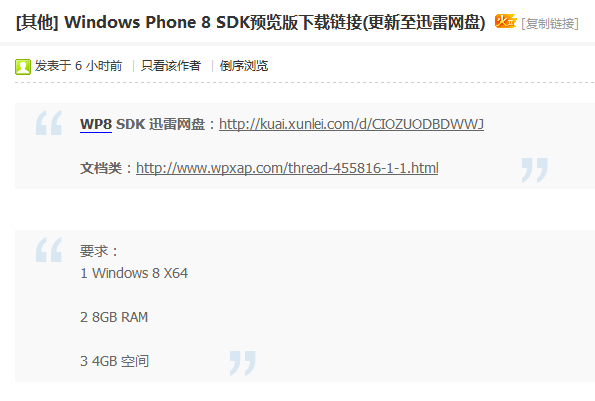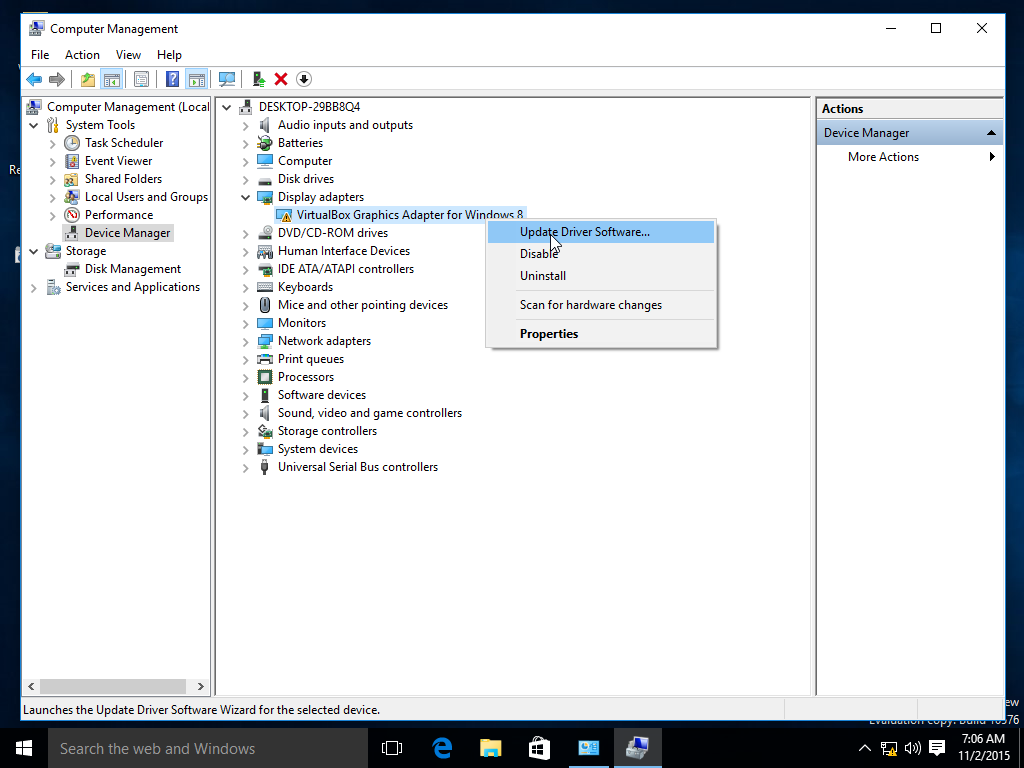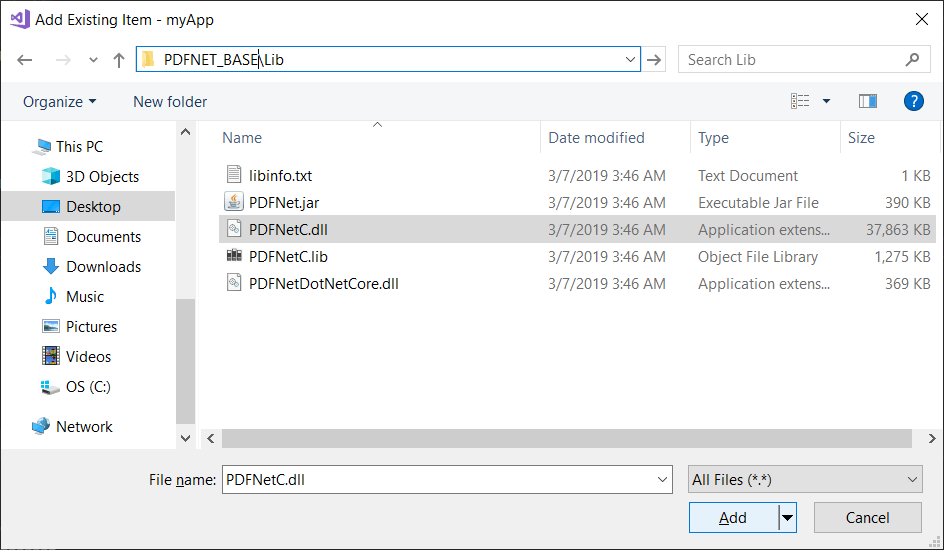

- #WINDOWS PDF SEARCH SDK UPDATE#
- #WINDOWS PDF SEARCH SDK CODE#
- #WINDOWS PDF SEARCH SDK PC#
- #WINDOWS PDF SEARCH SDK MAC#
- #WINDOWS PDF SEARCH SDK WINDOWS#
#WINDOWS PDF SEARCH SDK WINDOWS#
Navigate via the Windows Menu to Windows > Visual Studio 2019 > Developer Command Prompt.The Pico will automatically reboot, and start running the Blink example, flashing the LED.īuilding the example projects from Visual Studio Code.Drag-and-drop C:\Users\vha3\Pico\pico-examples\build\blink.uf2 to the Pico, as you would if you were moving a file to a flash drive.The Pico will appear as a mass storage device in your file navigator.While holding down the BOOTSEL button, plug the Pico into a USB port.
#WINDOWS PDF SEARCH SDK PC#
The uf2 target file can be dragged-and-dropped directly onto an RP2040 board attached to your PC via USB, as explained in the next section. These folders will contain the ELF, bin, and uf2 target files for each project. You will find directories for each of the other example projects too. Within the build directory, you will now find a hello_world directory.Ĭ:\Users\vha3\Pico\pico-examples\build> nmake Build the “Hello World” example by running:Ĭ:\Users\vha3\Pico\pico-examples> mkdir buildĬ:\Users\vha3\Pico\pico-examples> cd buildĬ:\Users\vha3\Pico\pico-examples\build> cmake -G "NMake Makefiles".For me, this was in the directory C:\Users\vha3\Pico\pico-examples Closing/re-opening will set the environment variable that we configured above. Open a new Command Prompt window by again navigating from the Windows Menu to Windows > Visual Studio 2019 > Developer Command Prompt.Close the current command prompt window.Set the path to the SDK by running the following:Ĭ:\Users\vha3\Pico > setx PICO_SDK_PATH ".\.\pico-sdk".Navigate to the directory where you’ve installed the Pico examples and SDK.From the Windows Menu, select Windows > Visual Studio 2019 > Developer Command Prompt.
#WINDOWS PDF SEARCH SDK UPDATE#
I put mine in C:\Users\vha3\PicoĬ:\Users\vha3\Pico\pico-sdk> git submodule update -initīuilding the example projects from the Command Line

Open Windows PowerShell, and create a directory where you’d like to store all the Pico examples and the SDK.Select “Enable experimental support for pseudo consoles”.Select “Use Windows’ default console window”.Check the box “Checkout as is, commit as-is” (unless you have a strong reason not to).Tick the checkbox to allow Git to be used from third-party tools.
#WINDOWS PDF SEARCH SDK MAC#
Multi-platform for Windows, Mac and Linux.Setting default editor to Notepad++ instead of vim Search, extract, delete objects and text. Net VB C++ Visual Integrity's PDF Custom SDK gives PDF object level access and control to developers. Please contact us to discuss your project to see if the Custom PDF SDK is a good fit for you.Īccess PDF Object Data. The Custom API is very flexible and easy to integrate. Some examples of what you can do include: Extract object data on each PDF page, Support your application's native file format, import object data without a conversion step into your application, Search object geometry data, Find text object strings, Perform operations on object data, Delete object data, Change attributes of object data, Extract image objects such as, for example, JPEG files, Snapping to PDF. The Custom PDF SDK can parse and operate on the object data within all PDF versions, including the latest standard, PDF 2.0. In fact, for Open Design Alliance members, source code is included to create ODA OdDbDatabase in memory of a given PDF page. The Custom API can also be used to add direct support for your own format without a conversion step. For example, use the PDF Custom SDK to manipulate PDF files by extracting or searching for objects on a page.

It delivers an array of new possibilities for preprocessing PDF in your application or service. PDF Custom SDK for PDF Object Access The Visual Integrity Custom PDF SDK gives discreet PDF level control to developers.


 0 kommentar(er)
0 kommentar(er)
